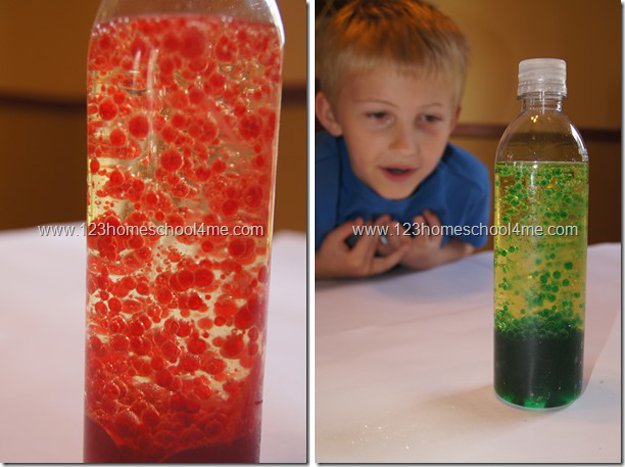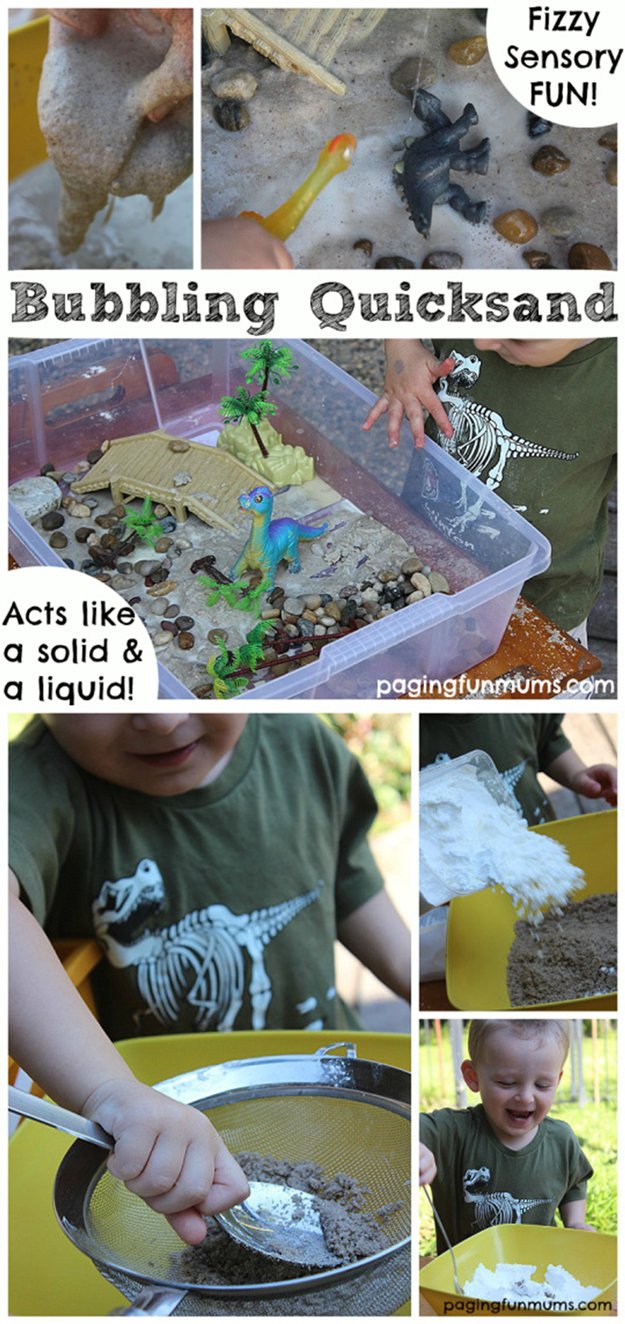

There's nothing more relaxing than soaking in a mineral-rich hot spring, but if you happen to visit Tanzania's Lake Natron, you're better off leaving the soaking to the lesser flamingos that famously inhabit the area. Take a look at these unlucky animals that ventured into Natron's salty waters.

With animals literally being turned into calcified statues, you might wonder why flamingos like to hang out on the lake when there are plenty of freshwater sources throughout Africa they could choose from instead. There are actually several reasons, but first and foremost, it comes down to diet.
Lesser flamingos primarily feed on a cyanobacteria known as spirulina (Arthrospira fusiformis), which grows in bodies of water with high alkalinity levels. Because Lake Natron is brimming with alkaline water, it offers the perfect environment for this bacteria to thrive. As a result, flamingos flock there every year by the millions to feed and breed.
In addition to serving as the main food source of lesser flamingos, spirulina is also responsible for the birds' famous coloring. While the cyanobacteria itself is dark blue-green in color, spirulina contains photosynthetic pigments called carotenoids (also found in things like carrots, egg yolks and autumn leaves). You may have heard that if you eat enough carrots, your skin will turn orange. This is 100 percent true, and it applies to flamingos as well. The carotenoids in spirulina are directly responsible for the bright orange and bubblegum pink hues of flamingos.

The abundance of spirulina isn't the only reason Lake Natron (pictured above) is such an ideal habitat for these gorgeous birds. The lake is inhospitable to most flora and fauna, but the flamingos can safely wade in the shallow areas of the water. And because these birds like to breed and nest on the lake's isolated islands, the caustic water that surrounds them acts as a barrier, keeping them safe from predators like baboons and wildcats.
This natural buffer has enabled the birds to proliferate at this site in great numbers. Currently, Lake Natron serves as the primary breeding area for 2.5 million lesser flamingos — a number that accounts for about 75 percent of the species' global population.

Needless to say, the flamingos have a pretty sweet arrangement, but this remarkable balance is starting to change as the area surrounding the lake is in danger of giving way to man-made development. Threats to Lake Natron and other lesser flamingo breeding sites across Africa are causing a "moderately rapid decline" in population, which is why the International Union for Conservation of Nature (IUCN) has declared the species "near threatened."
One of the most recent threats to the Natron's ecosystem was a proposal to build a nearby soda ash plant, which would have extracted sodium carbonate from water pumped in from the lake.
According to BirdLife International, harvesting soda ash from Lake Natron "would not only affect the water levels and quality, and hence the breeding flamingos and other water birds, but also nature tourism, which is an important income generator in the wider area."
Luckily for the flamingos, the plan for the soda ash plant was eventually defeated. Despite this victory, the flamingos remain in a precarious position as the forces of climate change and human encroachment loom. About 32 percent of Tanzania's land is protected (the average for developing countries is just 13 percent), but Lake Natron's only designation is that of a "Wetland of International Importance" — a title that holds no enforceable policy power.
Original article and pictures take http://www.mnn.com/earth-matters/wilderness-resources/blogs/how-caustic-lake-natron-tanzania-became-flamingo-paradise site



























